PDF chapter test TRY NOW
Biotic resources: Living
Abiotic resources: Non-living
Biotic resources
- Biotic resources are living resources like plants, animals and other microorganisms.
Trees/Plants | Animals | Microorganisms |
 | 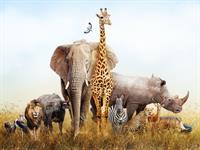 | 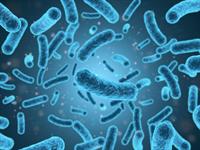 |
- The biotic resources were mere substances until human beings recognise them and bring them into usage.
- In the beginning, humans fulfilled their food, clothing and shelter needs through primary activities such as hunting, food gathering, fishing and forestry.
- Agriculture and cattle rearing (primary activities) came into practice once food becomes scarce.
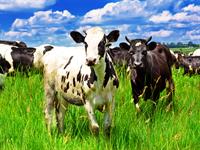
Abiotic resources
- Abiotic resources are non-living things like land, water, air and minerals.
Land | Water | Air | Minerals |
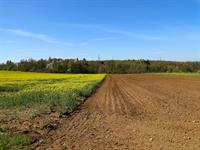 | 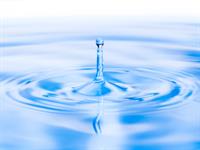 |  | 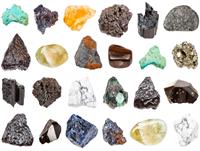 |
- The abiotic resources were sought by the early men when they went in search of better landforms with enough water resources for agriculture, and for their cattle.
- They needed tools right from hunting to agriculture.
- Initially, the tools were only made of stones.
- Later they found copper first and iron later.
- They alsomined precious metals and stones for making ornaments and jewels.
- Mining became one of the important primary activities later, and it still holds an important place among the economic activities.
